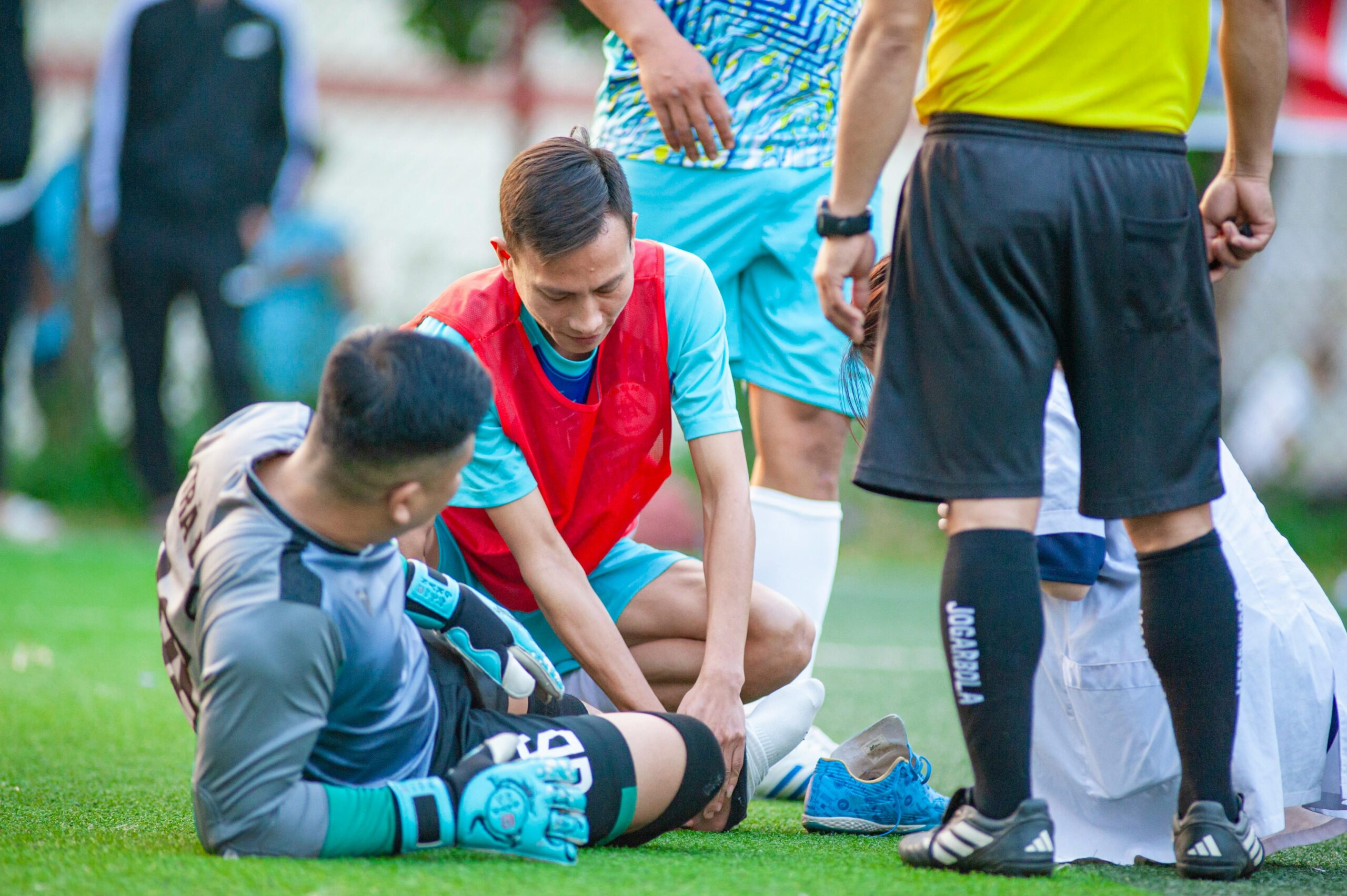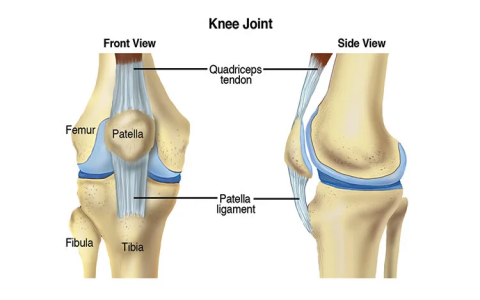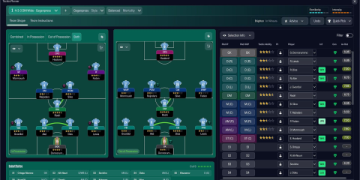# Understanding Knee Injury Soccer: Why Is It So Common?
Soccer is fast-paced. Players pivot, sprint, and tackle—making the knee one of the most vulnerable joints. According to FIFA’s Medical Assessment and Research Centre, nearly 20% of all soccer injuries affect the knee (来源: FIFA Medical Report). ACL tears, meniscus injuries, and sprains dominate the statistics.
The main reason? Soccer requires sudden directional changes. These intense movements can strain and sometimes damage knee ligaments. As we see in clinics, even amateur players are at risk during practice games. But why do knee injuries persist, and how can they be prevented or managed effectively?
# Types of Knee Injuries in Soccer
Knee injury soccer is not a one-size-fits-all problem. Here are the most frequent types:
– ANTERIOR CRUCIATE LIGAMENT (ACL) TEAR
– MENISCUS INJURY
– MEDIAL COLLATERAL LIGAMENT (MCL) SPRAIN
– PATELLAR TENDONITIS
– KNEE DISLOCATION

Each injury has its unique symptoms and rehab protocols. For example, a meniscus tear often causes swelling and “catching” of the knee, while tendonitis leads to chronic pain below the kneecap. Comparing ACL tears and meniscus injuries reveals key recovery differences—see the table below.
| Injury Type | Recovery Time | Recommended Treatment |
|---|---|---|
| ACL Tear | 6-12 months | Surgery, intensive rehab |
| Meniscus Injury | 2-6 months | Rest, possible surgery, physiotherapy |
# How Do Knee Injuries Impact Soccer Performance?
Missing a few games due to a minor sprain is one thing—but major injuries mean months off the pitch. A UEFA report found players need, on average, 30% longer to return to pre-injury levels after knee surgery (来源: UEFA Injury Study).
Pain and swelling can limit sprint speed and control. According to my experience with youth teams, most players tend to overcompensate with the healthy leg, risking further imbalances. Emotional effects matter too: frustration and anxiety often follow prolonged rehabilitation. Tracking progress and focusing on realistic goals help maintain motivation.
# Preventing Knee Injury Soccer: Step-by-Step Action Plan
A proactive approach reduces risk significantly. Here is a practical five-step guide to knee injury prevention in soccer:
1. WARM UP THOROUGHLY
Dynamic stretching preps ligaments and increases blood flow. Skip static stretches before play; do them afterwards.
2. STRENGTHEN LEG MUSCLES
Focus on hamstrings, quads, and calf exercises. Resistance training 2–3 times a week builds stability.
3. PRACTICE BALANCE AND AGILITY
Using wobble boards and targeted drills hones proprioception, making knee “awareness” second nature.
4. WEAR PROPER FOOTWEAR
Studs must match field conditions. Slippage leads to awkward landings, increasing injury risk.
5. LEARN CORRECT TECHNIQUE
Work with coaches to fine-tune tackling, pivoting, and landing movements. Good technique is the backbone of prevention.
# Treatment and Recovery: What Works Best?
If you do get a knee injury in soccer, immediate action is crucial. Here’s a proven rehabilitation roadmap:
– REST AND IMMOBILIZATION
First, avoid weight-bearing for 24-48 hours. Use crutches if needed.
– ICE AND ELEVATION
Reduce swelling with 15-minute ice sessions, and elevate the injured leg above heart level 2-3 times daily.
– CONSULT A SPECIALIST
See an orthopedic doctor or sports physiotherapist for an accurate diagnosis. MRI scans may be required.
– PHYSIOTHERAPY
A tailored rehab plan accelerates healing. Include range-of-motion and strengthening exercises.
– GRADUAL RETURN TO PLAY
Don’t rush! Follow medical advice on when you’re game-ready. Rushing rehab is a common error.
# WARNING: Common Knee Injury Soccer Mistakes
Players often make costly mistakes after a knee injury. Here are some red flags to avoid:
– IGNORING EARLY PAIN
Never “play through” swelling or sharp discomfort. Small injuries often escalate when ignored.
– INSUFFICIENT REHAB
Skipping physiotherapy leads to poor healing and increases the risk of re-injury.
– PREMATURE RETURN
Many players get back on the field too soon, risking chronic issues or further damage.
– NEGLECTING PSYCHOLOGICAL RECOVERY
Mental wellbeing matters. Anxiety and fear of re-injury may limit performance.
Pay attention to these pitfalls—they can make the difference between quick recovery and lingering problems.
# Real-Life Success Story
A high-school striker in our program tore his ACL during a cup match. Prompt medical care, disciplined rehab, and mental support helped him return to play in 10 months—faster than regional averages. His dedication to muscle strengthening and agility drills proved vital. According to my experience, athletes who stick to rehab schedules often outperform expectations.
# Knee Injury Soccer Checklist: Prevention and Recovery Essentials
– Always complete dynamic warm-ups before training or matches.
– Schedule strength training for all leg muscle groups each week.
– Practice balance and agility exercises monthly.
– Get proper-fitting shoes for every field type.
– Learn and maintain correct playing technique; consult your coach regularly.
– At first sign of knee pain, rest immediately and ice the affected area.
– Seek medical advice for all moderate and severe knee injuries.
– Follow physiotherapy plans meticulously—consistency is key.

– Track mental health during recovery; address emotional challenges early.
– Avoid returning to play without clearance from medical staff.
If you follow these expert solutions for knee injury soccer, your risk drops, and your chances for full recovery skyrocket. Take your knee health seriously—your game depends on it!




















